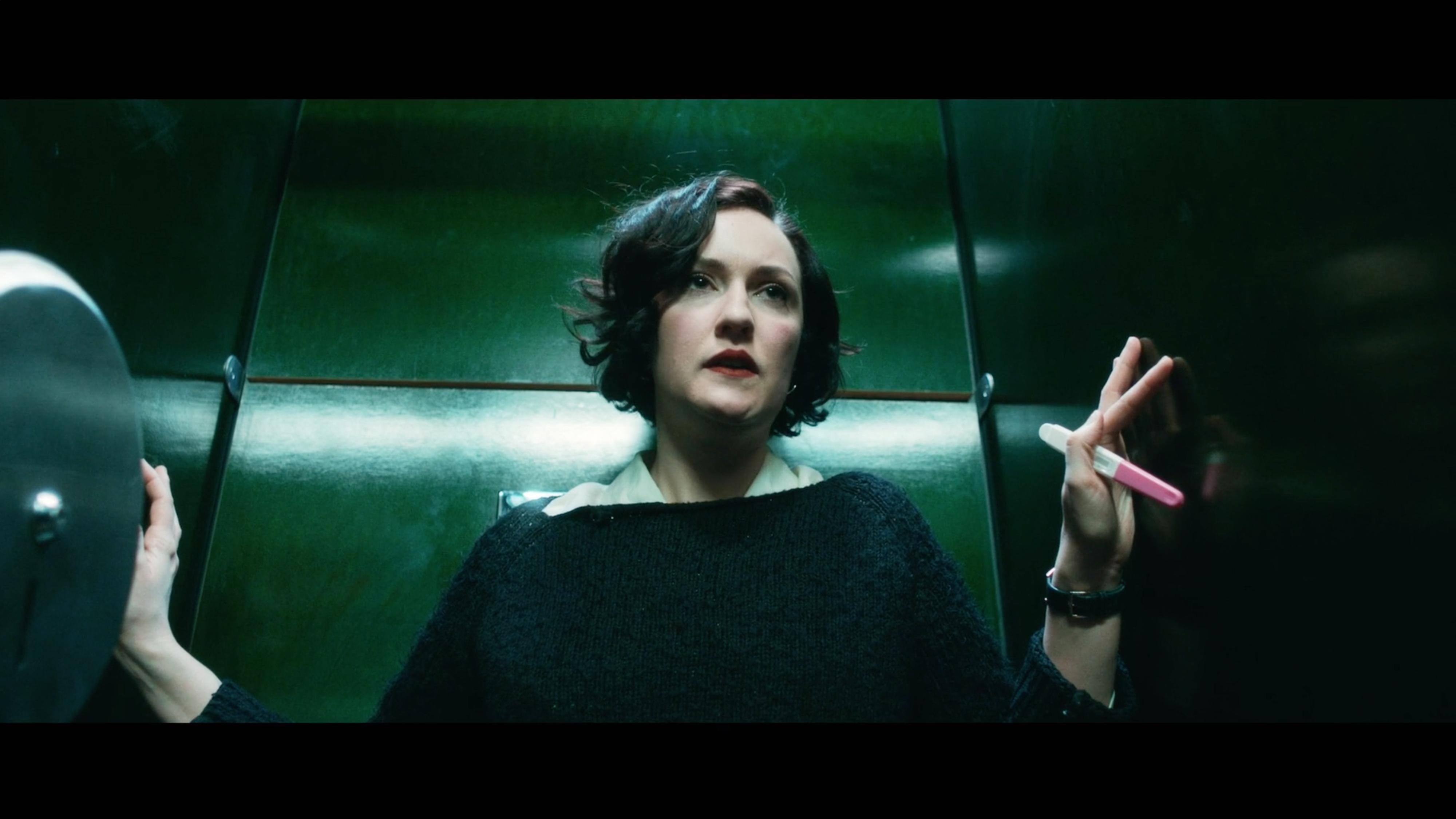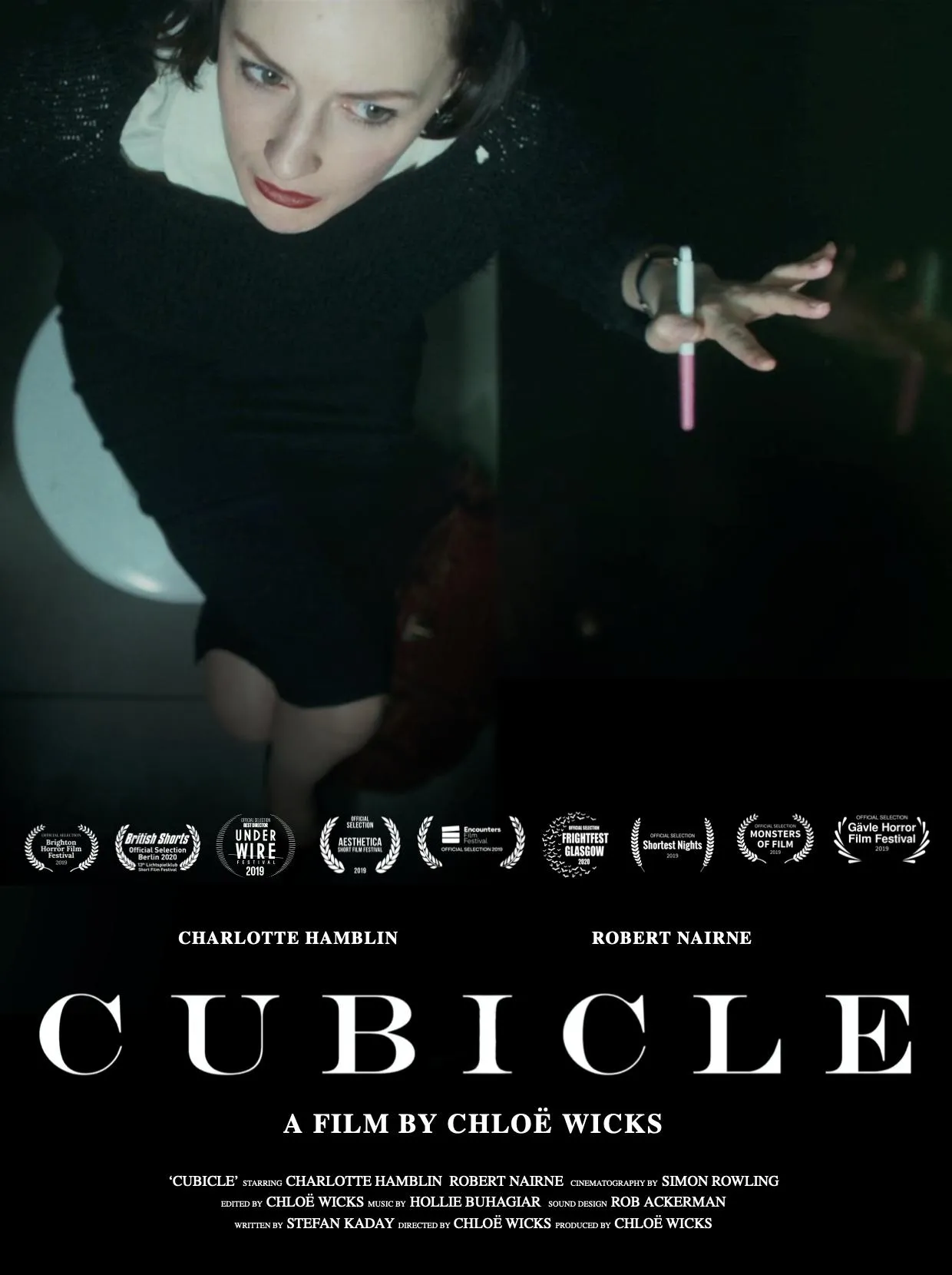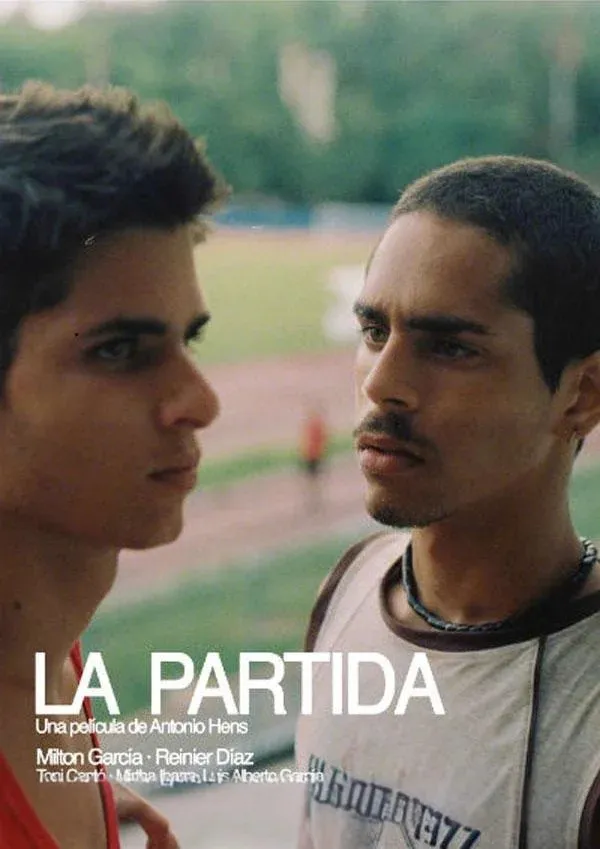Cubicle opens in a confined, sterile public restroom where a young woman enters a toilet cubicle, clearly anxious and withdrawn. The atmosphere is intimate and subdued, underscored by her hesitation and the silence that surrounds her. She pulls out a pregnancy test, signaling a deeply personal and emotionally loaded moment. The cubicle becomes a temporary sanctuary where she seeks answers, both literally and figuratively. This setup introduces the film’s core themes: isolation, vulnerability, and the quiet emotional turbulence of facing potential life-altering news alone.

Her solitude is interrupted by the arrival of another couple, who enter the neighboring cubicle. At first, the sounds suggest they’re engaging in a sexual act. The protagonist is visibly uncomfortable, trapped in a space where she can hear but not see, forced into an awkward and intrusive proximity to another intimate moment—one that contrasts sharply with her own anxious state. This juxtaposition between the two experiences builds tension and highlights how public spaces can unexpectedly collapse the boundaries between private emotional worlds.
What begins as a mildly awkward situation quickly devolves into something far more unsettling. The noises from the next cubicle change subtly—from pleasure to discomfort, from flirtation to aggression. As the tone darkens, the protagonist’s discomfort morphs into fear. The audience, like her, is confined to her point of view, only able to guess what is happening based on sound. This effective use of sound design and limited perspective creates a claustrophobic tension, turning the mundane setting into a source of dread. It’s a masterclass in how minimalism can fuel suspense.

The film is visually restrained, relying on tight framing and the protagonist’s facial expressions to convey emotion. Her silent reactions tell us everything—fear, confusion, the desire to leave, and the paralysis of uncertainty. The film subtly explores female vulnerability, the anxiety of unwanted pregnancy, and the ways public spaces can feel unsafe or intrusive for women. The cubicle symbolizes both a hiding place and a prison—a space meant for privacy that, paradoxically, becomes the setting for intense exposure to others’ raw behavior.
As the film reaches its conclusion, there’s no dramatic revelation or clear resolution—just a lingering feeling of discomfort and unresolved tension. This ambiguity reinforces the film’s commentary on how certain dangers and emotions, particularly those related to womanhood, exist constantly beneath the surface of everyday life. Cubicle doesn’t rely on jump scares or gore; instead, it uses realism, emotional subtlety, and spatial confinement to unsettle. In less than four minutes, it offers a profound meditation on vulnerability, voyeurism, and the quiet terror of losing control.



